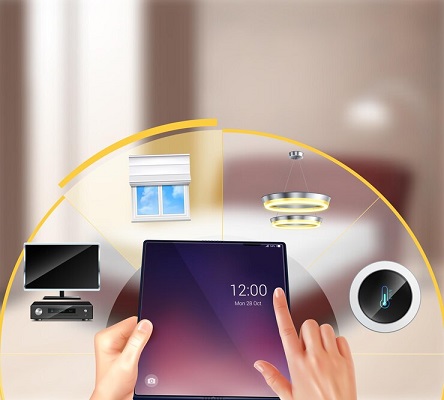In today’s world, businesses are constantly seeking innovative ways to reduce operational costs and increase efficiency. One area where significant savings can be achieved is in energy consumption. With the rise of Internet of Things (IoT) technology, energy monitoring has become more sophisticated and effective, offering businesses a smart solution for reducing electricity costs.
IoT technology allows for the integration of sensors and devices that can monitor and analyze energy usage in real time. This data is then transmitted to a centralized system, providing businesses with valuable insights into their energy consumption patterns. By leveraging IoT technology for energy monitoring, businesses can identify areas of inefficiency and implement targeted strategies to reduce electricity costs.
One of the key advantages of IoT technology in energy monitoring is its ability to provide granular visibility into energy usage. Traditional energy monitoring systems often provide limited data, making it challenging for businesses to pinpoint areas of wastage. With IoT technology, businesses can access detailed information on energy consumption at the device level, allowing for precise identification of inefficiencies and opportunities for optimization.
Furthermore, IoT technology enables proactive energy management through automated controls and real-time alerts. Businesses can set up automated processes to optimize energy usage based on demand, reducing unnecessary consumption during off-peak hours. Additionally, real-time alerts can notify businesses of potential equipment malfunctions or anomalies in energy usage, enabling prompt intervention to prevent energy wastage.
Another significant benefit of IoT technology in energy monitoring is the ability to track and analyze historical energy data. By leveraging advanced analytics tools, businesses can gain valuable insights into long-term energy consumption trends and patterns. This data-driven approach empowers businesses to make informed decisions regarding energy efficiency measures and investment in sustainable technologies.
Moreover, IoT technology facilitates remote monitoring and management of energy systems, offering businesses greater flexibility and control over their energy consumption. With the ability to access energy data and control systems remotely, businesses can optimize energy usage across multiple locations, leading to substantial cost savings and improved operational efficiency.
In conclusion, IoT technology has revolutionized energy monitoring, offering businesses a smart solution for reducing electricity costs. By harnessing the power of IoT for energy management, businesses can gain comprehensive visibility into energy usage, implement proactive measures to optimize consumption, and make informed decisions based on data-driven insights. As businesses continue to prioritize sustainability and cost-efficiency, IoT technology in energy monitoring is poised to play a pivotal role in driving positive change and delivering tangible benefits for organizations across various industries.
